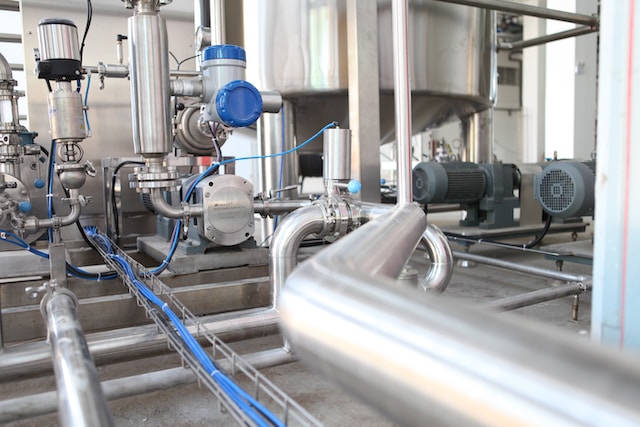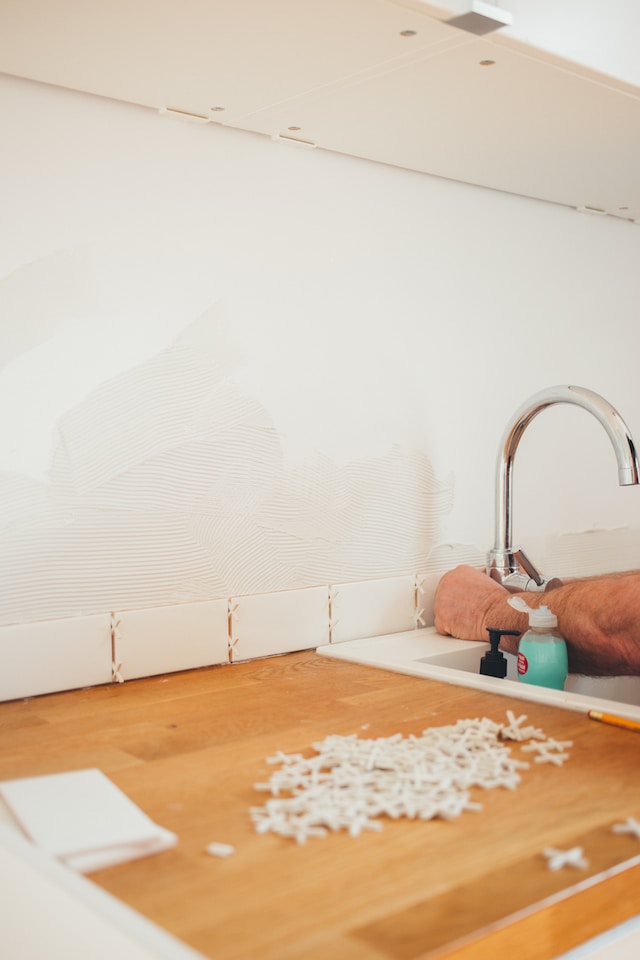Blenders are simple equipment to maintain since their upper bearings are sealed. The main problems that occur are usually due to improper use or care. Implementing essential safety protocols, providing proper training and promoting a culture of safety within your operation can prevent injuries and ensure worker well-being. This article will discuss some of the most important safety measures when using industrial blenders.
Safety Measures
Industrial blenders are powerful machines that can be used to mix and homogenize large amounts of food, pharmaceuticals, and chemicals. They often have heavy-duty blades and are made of stainless steel to ensure durability and ease of cleaning. They are highly versatile and can replace other appliances in a commercial kitchen, such as food processors or nut grinders. Ensure workers follow all safety protocols to avoid injuries when using industrial blenders. This includes providing comprehensive training and emphasizing the importance of following standard operating procedures (SOPs). Ribbon blenders must also have special covers and charge ports to match powder-feeding equipment, which minimizes dusting and prevents accidental closures. In addition, it is important to check the appliance’s condition regularly. For example, a frayed power cord can be an electrocution hazard and should be discarded immediately. Also, be careful when blending hot foods or liquids, as they can cause scalding. If this happens, seek emergency assistance as soon as possible.
Cleanliness
Industrial blenders are designed to be used with a variety of different materials. They have large tanks capable of holding several large batches of items and can be programmed to mix them in a particular way. This ensures that the products produced by a production process will meet certain specifications, including consistency and viscosity. The most important thing to remember when using any blender is to keep the blades, container, and base as clean as possible. This means wiping down the surfaces with hot water and a bit of soap and regularly cleaning the container. It is also a good idea to make sure the lid is slightly ajar when blending. This will prevent the pressure a hot food or liquid creates from accidentally pushing the lid shut and potentially creating an explosion of heat and splatter. This is especially important when using a high-powered blender. A frayed cord can be a fire hazard, so always ensure it is not loose or frayed before use.
Maintenance
When using a blender, it is important to remember that its motor and blades are sensitive to damage from overheating. The best way to prevent this is to follow proper usage guidelines. One such tip is always to fill the container appropriately, which can strain the blender’s motor and cause an uneven consistency. Cutting ingredients into smaller pieces before blending can also help reduce this risk. Regular maintenance and cleaning can extend the lifespan of a blender. This entails wiping down the exterior regularly to remove food particles, dirt, and grease.
Additionally, it is important to ensure that the gasket and seals of a blender are not worn out or damaged. A well-trained maintenance staff can quickly address problems with a blender or other system component, preventing costly repairs and improving production quality. A formal system should be used to record and log issues, including the time it takes to resolve them. The logged information can be useful for future equipment selection and training purposes.
Troubleshooting
Blenders are fairly simple, with blades that rotate and chop food within the jar. However, these pieces of equipment require routine maintenance to maintain their efficiency. Signs that a blender needs service include leaking, excessive noise and vibration or a lack of proper mixing. It is also important to make sure the machine is clean. Otherwise, rust or bacteria can accumulate and transfer to the mixed food.
Moreover, this can cause illness in humans and ruin the quality of the product. To prevent this, the air must be cleaned by adding a filter or using an air compressor to clean up the air at the blender. In addition, the vacuum-loading receiver flapper must be properly sealed, and the supply hopper must be vented. Lastly, avoiding adding materials to the blender while running is important. This could lead to injury and also cause the motor to burn out.




